course
The Machine Learning Life Cycle Explained
Learn about the steps involved in a standard machine learning project as we explore the ins and outs of the machine learning lifecycle using CRISP-ML(Q).
Oct 2022 · 10 min read
Machine Learning Courses
2 hours
30.2K
course
Machine Learning with Tree-Based Models in Python
5 hours
88.2K
course
Machine Learning for Finance in Python
4 hours
27.2K
See More
RelatedSee MoreSee More
blog
A Beginner's Guide to The Machine Learning Workflow
In this infographic, get a download of what the machine learning workflow looks like.
DataCamp Team
2 min
blog
What is Machine Learning? Definition, Types, Tools & More
Find out everything you need to know about machine learning in 2023, including its types, uses, careers, and how to get started in the industry.
Matt Crabtree
14 min
tutorial
Streamline Your Machine Learning Workflow with MLFlow
Take a deep dive into what MLflow is and how you can leverage this open-source platform for tracking and deploying your machine learning experiments.
Moez Ali
12 min
tutorial
Machine Learning, Pipelines, Deployment and MLOps Tutorial
Learn basic MLOps and end-to-end development and deployment of ML pipelines.
Moez Ali
19 min
code-along
Managing Machine Learning Models with MLflow
Learn to use MLflow to track and package a machine learning model, and see the process for getting models into production.
Weston Bassler
code-along
Getting Started with Machine Learning in Python
Learn the fundamentals of supervised learning by using scikit-learn.
George Boorman

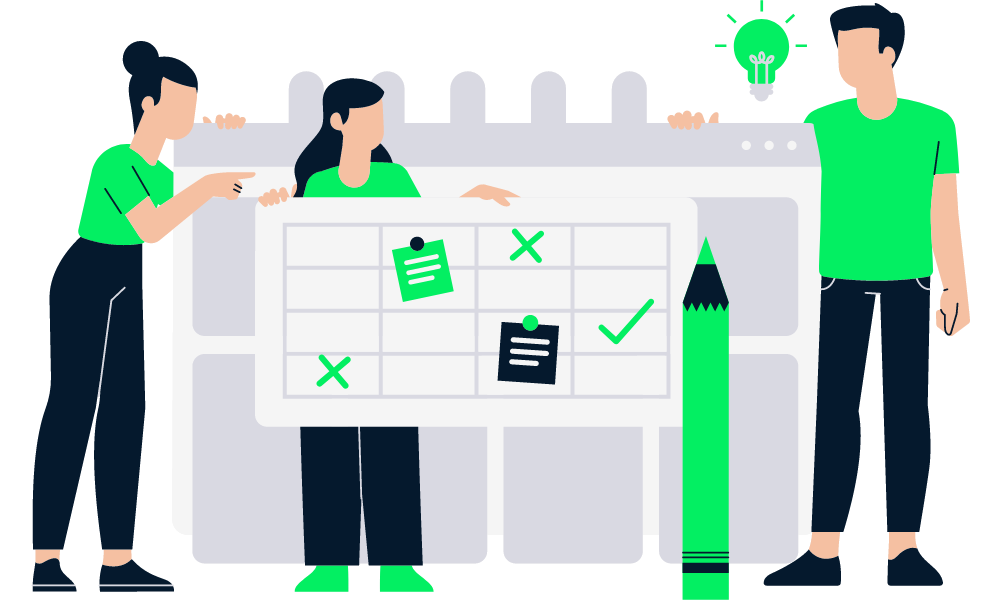
 Image by Author
Image by Author
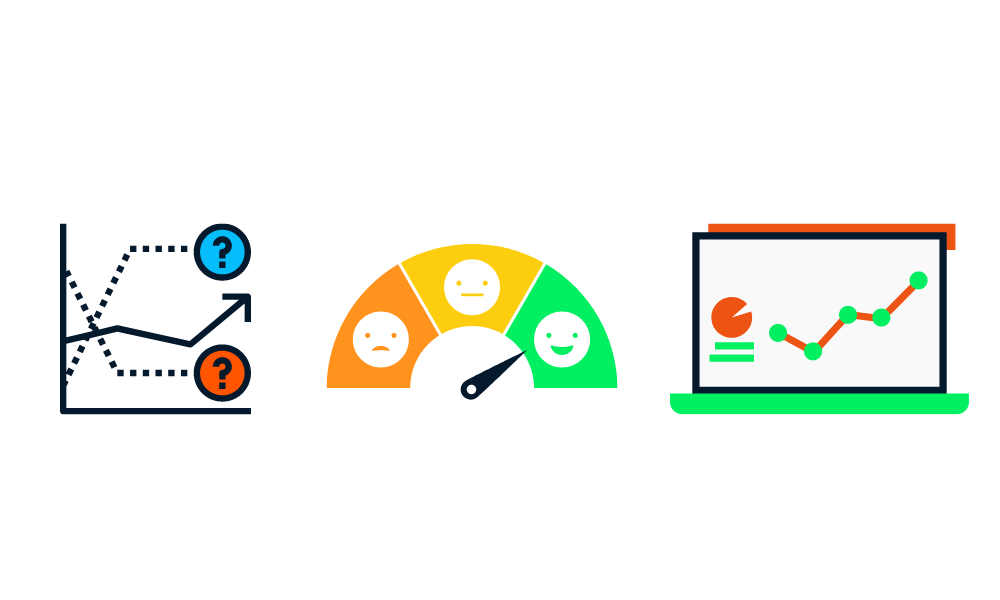 Image by Author
Image by Author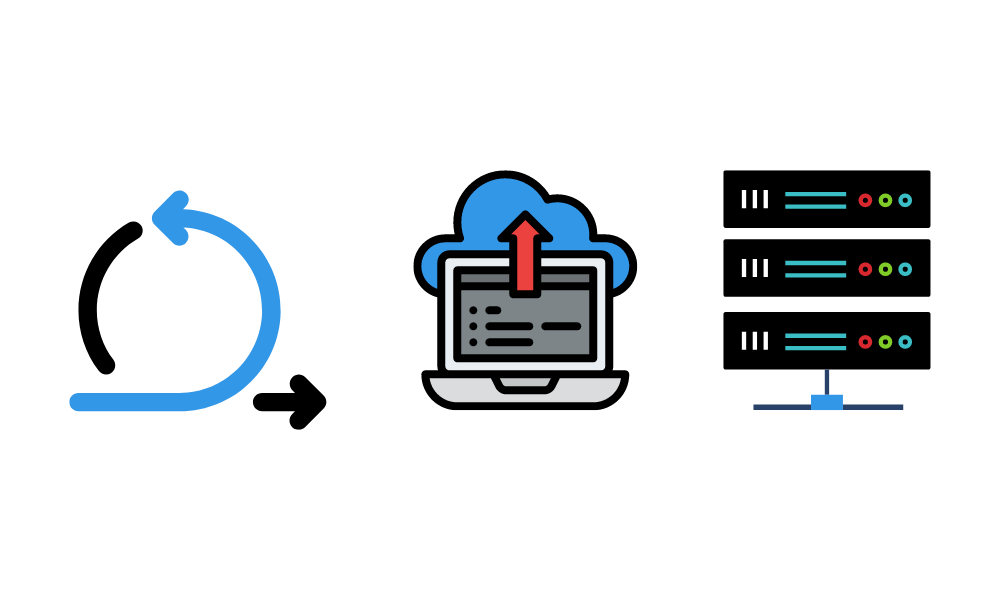 Image by Author
Image by Author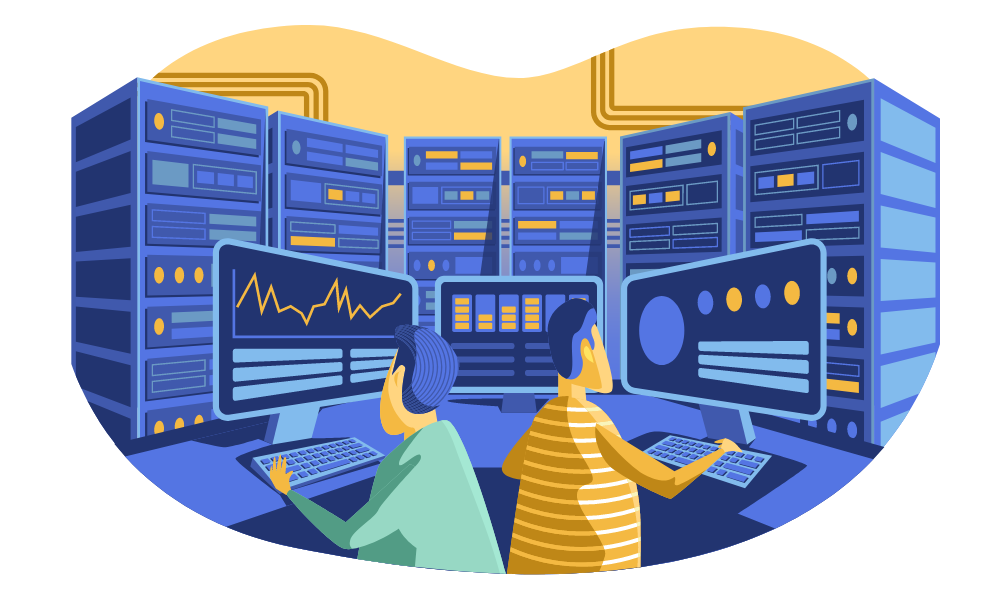 Image by Author
Image by Author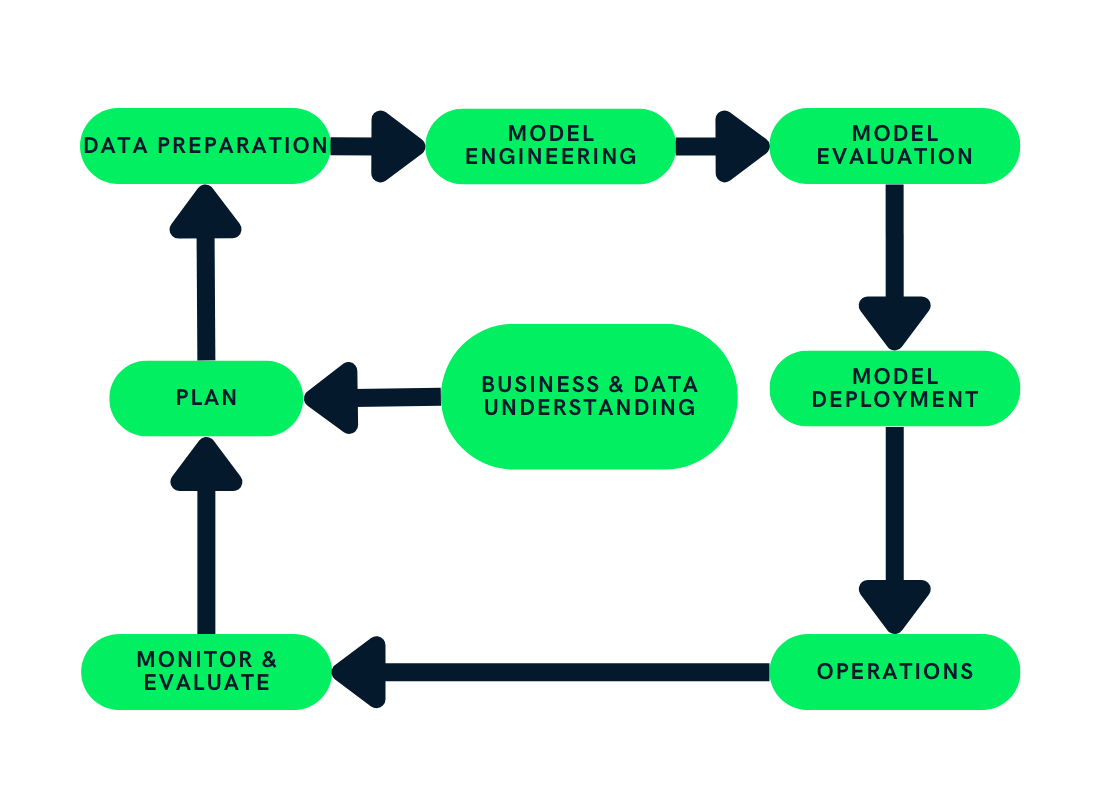 Image by Author
Image by Author